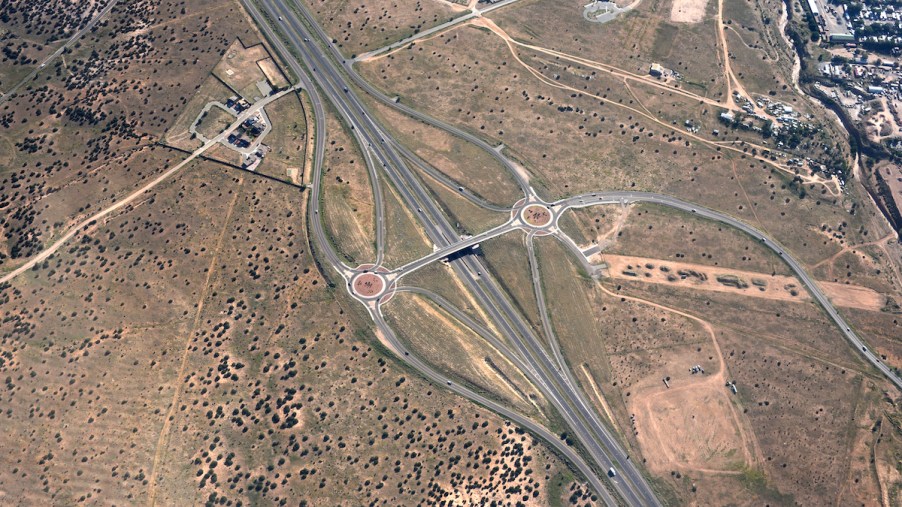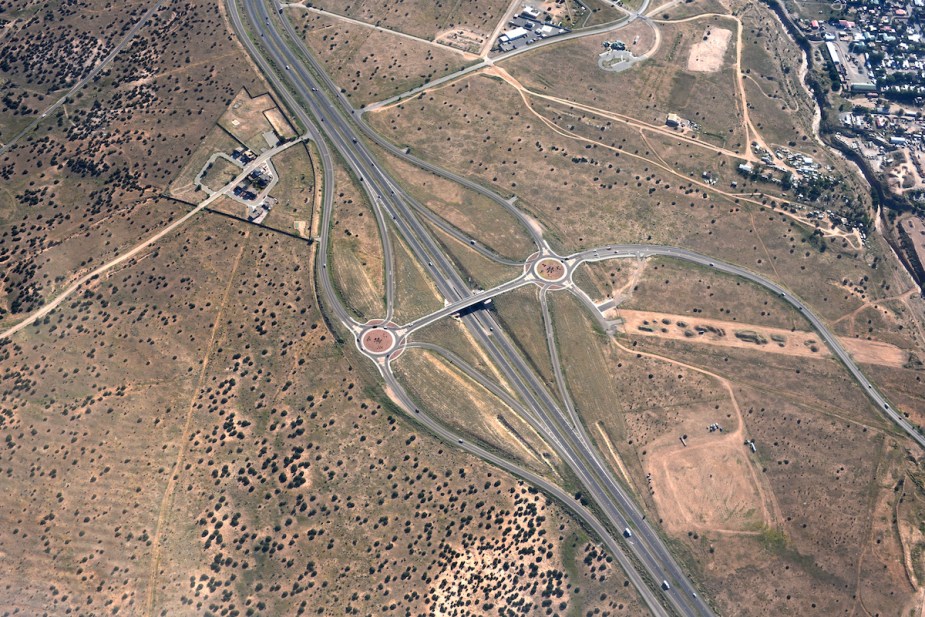
3 Reasons More Cities Are Installing Roundabouts
While driving through roundabouts has been around for centuries, they are only now becoming more popular in the United States. In recent years, many cities have been installing roundabouts for their various benefits over other intersections. Here are three reasons why more cities are installing roundabouts.
Three reasons why more cities are installing roundabouts

The Department of Transportation considers a roundabout as a kind of circular junction or intersection designed and positioned to regulate traffic flow. Such a roundabout features a roadway with a circular flow that goes around a central island. With traffic being one of the significant problems within cities, roundabouts are engineered to facilitate a swift and constant flow of traffic in all directions. This engineering design differs from traffic circles in requiring drivers to slow down but not stop completely when entering the roundabout.
Roundabouts function by allowing traffic to continue flowing almost continuously around the central island. However, instead of halting and waiting at the intersection, drivers yield to the traffic flow within the roundabout. Afterward, they can join in where there is a gap. Once in the roundabout, they drive counterclockwise around the circular roadway until they can exit.
Recently more cities in the United States have been looking into installing roundabouts for various reasons. The top three are improved traffic flow, reduced vehicle emissions, and lower maintenance costs. Here is an in-depth look at each, as reported by Erie Insurance:
1. Improve traffic flow
One of the primary reasons more cities are installing roundabouts is to improve traffic flow. Roundabouts allow road traffic to flow almost continuously in all directions, which reduces congestion and minimizes the number of time drivers spend waiting at intersections. By keeping traffic flowing, roundabouts help to reduce congestion and improve traffic flow. In addition, roundabouts can help to reduce traffic delays by up to 35%.
2. Reduce vehicle emissions
In addition to improving traffic flow, roundabouts also help reduce vehicle emissions. By eliminating the need to stop and start, roundabouts reduce the amount of fuel wasted during idling. It not only helps improve air quality but also reduces greenhouse gas emissions. In addition, the continuous flow of traffic around a roundabout helps keep vehicles moving at a steady speed, reducing emissions.
3. Cost less to maintain
Roundabouts also cost less to maintain than traditional intersections. For example, there is no need for traffic signals or stoplights, which means less electricity and maintenance costs. Roundabouts also don’t require as much pavement, which can save on repair and replacement costs.
Are roundabouts safer than other intersections?
Besides effectively improving traffic flow and reducing emissions, most people consider roundabouts safer than traditional intersections. Studies have shown that roundabouts can significantly reduce serious injuries and fatalities. It does this in three ways:
- It regulates speeds. Roundabouts typically force traffic to slow down and yield, which reduces the likelihood of an accident and the severity of the collisions if it occurs.
- It reduces the number of potential conflict points or places where two vehicles could collide. By eliminating left turns and right-angle collisions, roundabouts reduce the risk of serious car accidents.
- Roundabouts also help regulate traffic direction since all vehicles have to travel counterclockwise. With all vehicles moving in one direction, the likelihood of a head-on collision is greatly reduced.
While roundabouts are not without their critics, many cities are beginning to see the benefits of installing them. As more and more cities look for ways to improve traffic flow and reduce emissions, roundabouts are likely to become even more popular.


